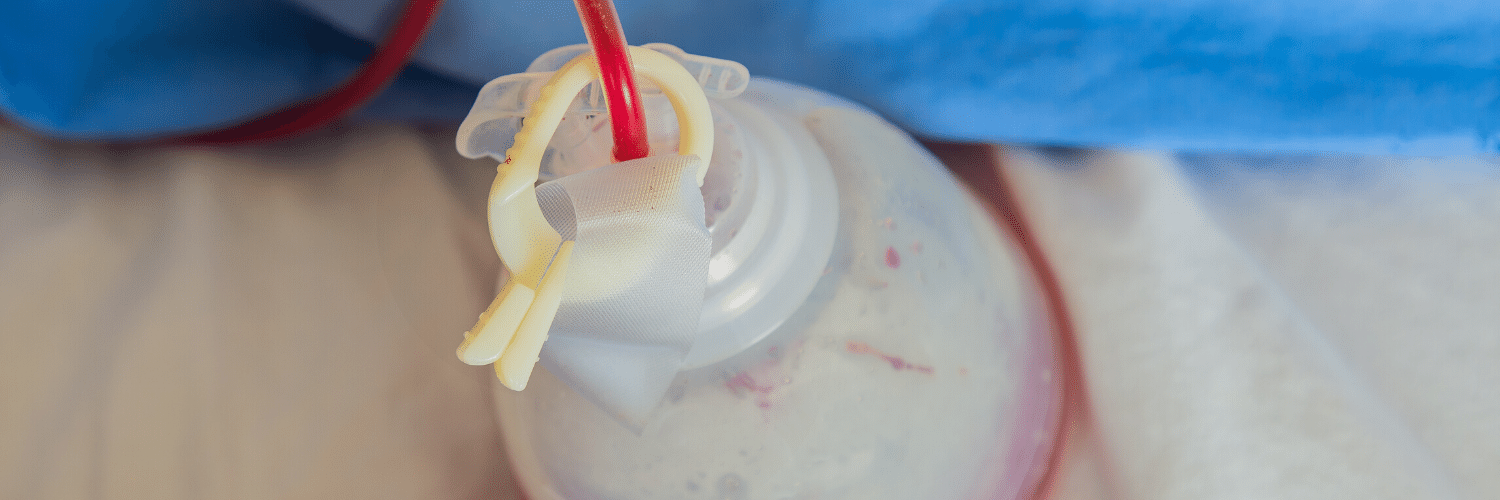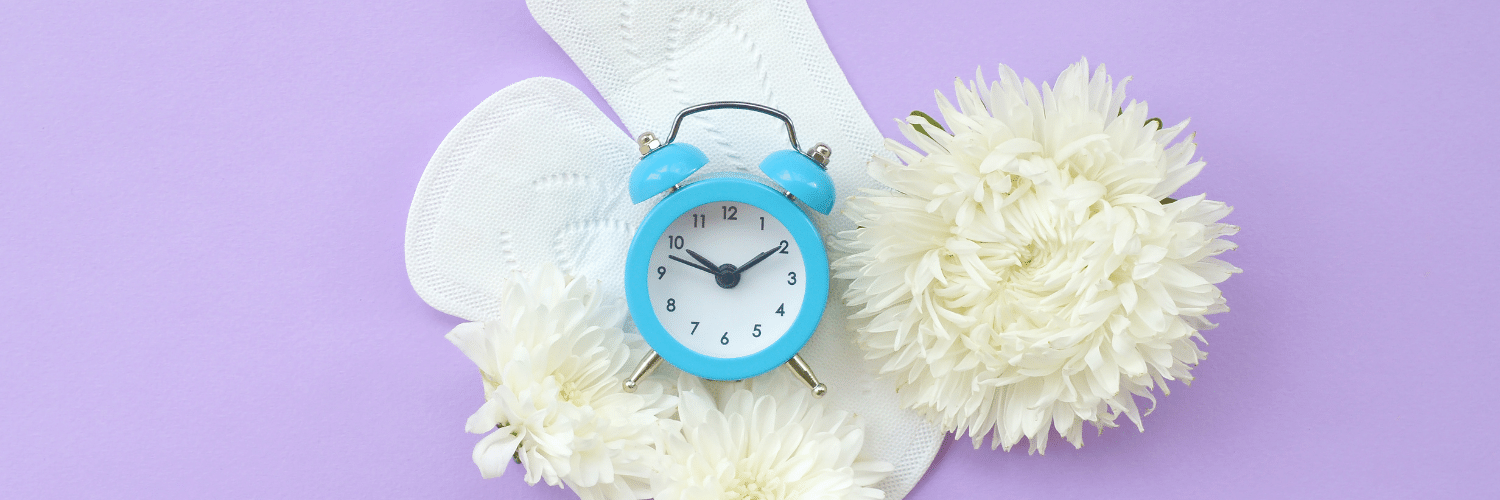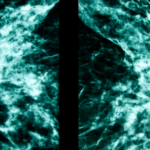
What should you expect with surgical drains after breast reconstruction?
If you are contemplating breast reconstruction or are already scheduled for surgery, chances are you have questions about the surgical drains that follow.
The drains, called Jackson-Pratt or JP drains, are placed near the incision site after surgery to collect fluid, under suction, from the surgical area. The drains are used for all types of breast reconstruction procedures.
PRMA nurse Heather Waggoner explains that “drains help to prevent fluid buildup and blood clots from occurring in the surgical area, and help reduce the risk of infection or need for further surgery.”
The drains are held in place with a suture and are removed when the drainage slows enough for your body to reabsorb fluid on its own, typically when it’s at 30 cc’s or less.
Waggoner says that “removal can be as early as one week post-op or as long as four weeks post-op depending on the type of reconstruction.”
When the drain is first placed, the fluid will be red and over time turn to a yellow serous color. “Abnormal drainage is when there is a significant increase in amount of fluid, change in consistency or foul odor,” says Waggoner.
Care of the drains is relatively simple and only requires the patient to empty the drain two to three times a day and to clean around the drain insertion site daily. In order to keep the drains from hanging, most doctors recommend pinning them to the abdominal binder or using a pouch.
Most patients say that the drains are slightly uncomfortable but are not intolerable.
Although drains are not the most convenient thing, they are necessary to help the healing process and are necessary to prevent problems like abnormal fluid collections.
Author: Dr. Minas Chrysopoulo and Brandy (Korman) Haslam
Although drains are not the most convenient thing, they are necessary to help the healing process and are necessary to prevent problems like abnormal fluid collections.












No Comments